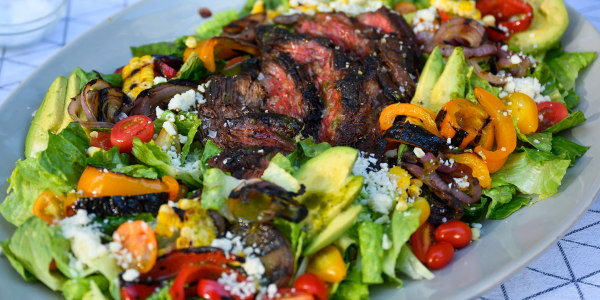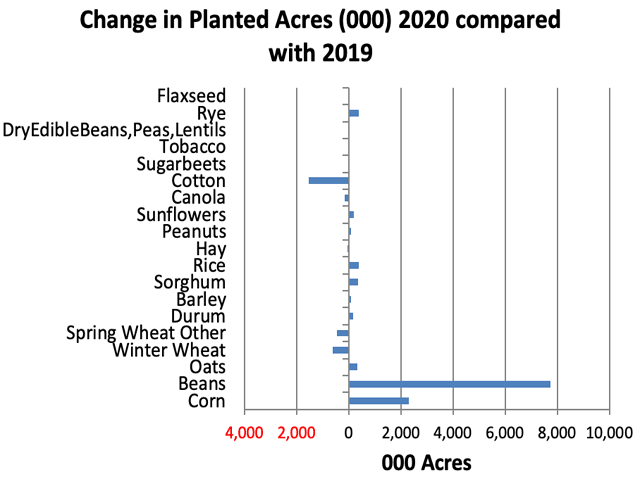The dog days of summer are here, and with them comes warm weather, sprinkler jumping and an abundance of produce at your local farmers market. Seeing corn stacked high on a table at every stand signals the height of summer. It’s inexpensive, sweet and simple to prepare. Eat it right off the cob or shave off the kernels and toss 'em into a salad or pasta.
How to buy fresh corn on the cob
When buying corn, it’s not always possible to peel back a corner of the husk to make sure the kernels are plump and fresh. In fact, at some places, it’s frowned upon. So, when buying corn, keep these tips in mind:
- Feel the corn through the husk and make sure it feels firm; it should not feel soft or mushy. The kernels should be intact — make sure there aren't empty places where the kernels should be.
- The husk should be green and tight. Dried-out or brown husks means the corn is old. Also, keep an eye out for little brown holes, especially near the top, as this is a sign of worms or insects.
- Look at the tassels sticking out from the top of the corn. They should be light brown or gold and a little sticky.
How to grill corn
Summer cooking should be relatively fuss-free — and grilling corn on the cob is no exception. It’s a simple procedure that adds some nice smokiness to the sweet corn. Preheat your grill to medium high and follow one of the methods below. There is no need to season or soak the corn before grilling. There is enough moisture in the corn to keep the grill from flaring up, but keep an eye on it regardless.
How to grill corn on the cob without husks
Cooking corn directly on the grill — sans husk — gives it a lovely charred flavor and color. To do it, shuck the corn, removing both the husk and the silk, then place the cobs directly on the grill and cook for 10 minutes, rotating every 3 to 4 minutes.
How to grill corn on the cob in foil
Corn wrapped in foil will get a little color but won’t have as much charred flavor as it would cooked directly on the grill. The plus side is that you can infuse it with flavor using butter or oil and spices and herbs that won't burn off. Shuck the corn, removing both the husk and the silk. Wrap each cob in foil, then place foil-wrapped cobs on the grill and cook for 15 minutes, rotating every 3 to 4 minutes.
How to grill corn on the cob in husks
With the husk on, not only does the corn get that classic cookout charred flavor, but it also gets a slightly smoky flavor from the husk. The kernels will get some color, too. Using a knife, cut off the tassel and tail of the corn. (This step isn’t necessary, but it will make removing the cooked corn from the husk a little easier.) Remove any dry outer leaves from the husk. You don't need to remove the silks from inside the husk. Place corn on the grill and cook for 15 minutes, rotating every 3 to 4 minutes.
What to make with grilled corn
Now that you've mastered the art of grilling corn, you can use your cooked cobs in all sorts of summery recipes. Here are some of our favorites to get you started.

Nathan Congleton / TODAY

TODAY

Nathan Congleton / TODAY

Nathan Congleton/TODAY

Nathan Congleton / TODAY
July 02, 2020 at 03:03AM
https://ift.tt/31BVlvM
How to grill corn: A guide to buying and cooking corn on a grill - TODAY
https://ift.tt/3gguREe
Corn




 representative for Allied Grape Growers (AGG), retired today after four decades in the wine industry.
representative for Allied Grape Growers (AGG), retired today after four decades in the wine industry.
